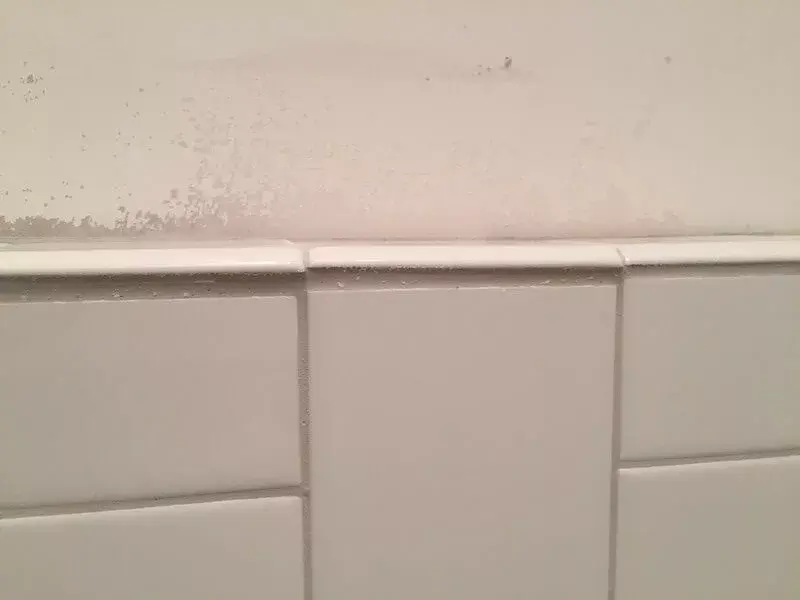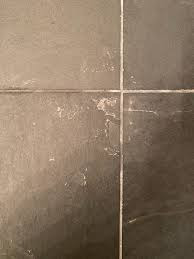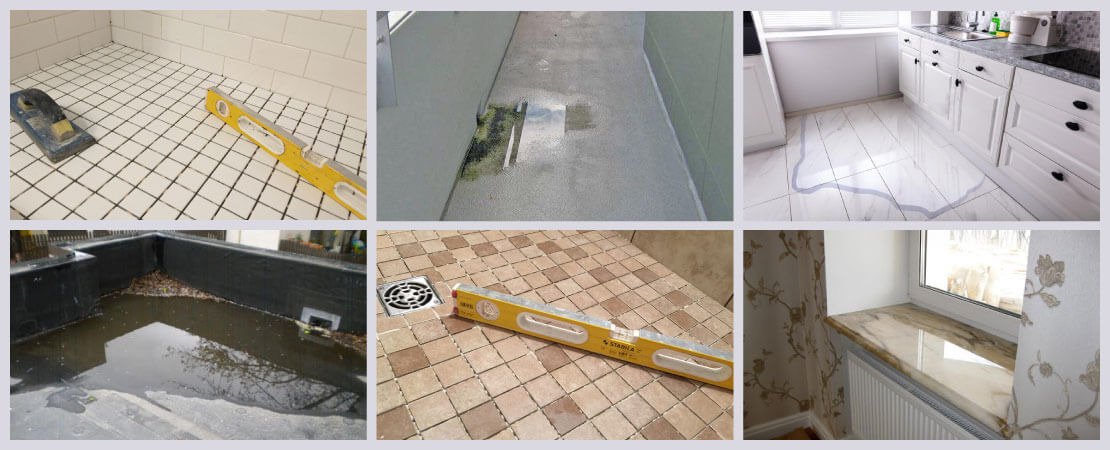Tile installation requires precision and skill to ensure a flawless finish. A poorly executed tile job not only looks unprofessional but can also lead to long-term issues like cracking, water damage, and frequent repairs. Whether you’re evaluating recent work or considering hiring a professional, knowing how to identify a bad tile job is essential. Here are the key signs to watch for:

1. Uneven Tiles
One of the most obvious signs of a bad tile job is uneven tiles. Run your hand across the surface or use a level to check if the tiles are perfectly flat and aligned. Poor installation often results in “lippage,” where adjacent tiles are not flush with each other, creating an uneven surface. This not only looks unattractive but can also pose a tripping hazard on floors.

2. Inconsistent Grout Lines
Grout lines should be evenly spaced and uniform throughout the tiled area. If the grout lines vary in width or look crooked, it’s a clear indication of sloppy work. Uneven grout lines can disrupt the overall aesthetic and make the space look disorganized. Tile spacers are typically used during installation to maintain consistent gaps, and their absence often results in this issue.

3. Poorly Cut or Misaligned Tiles
Tiles around edges, corners, and fixtures often require cutting to fit. A bad tile job will have jagged edges, poorly shaped cuts, or tiles that don’t fit snugly around fixtures like outlets, pipes, or drains. Misaligned patterns, such as mismatched designs or off-center tiles, also indicate a lack of attention to detail.

4. Excessive Use of Grout or Adhesive
A well-installed tile job uses just the right amount of adhesive and grout. If you notice grout spilling over the edges of the tiles or adhesive oozing from underneath, it’s a sign of careless workmanship. Excess grout not only looks untidy but can also be difficult to clean and maintain over time.
5. Hollow Sound When Tapped
Tiles should be securely bonded to the surface below. Tap lightly on the tiles with your knuckles or a small tool. A hollow sound indicates that the tile adhesive hasn’t been evenly applied, leaving air pockets beneath the tiles. These areas are prone to cracking or detachment over time, especially in high-traffic or moisture-prone areas.

6. Cracked or Loose Tiles
Cracks in tiles shortly after installation are a major red flag. This could be due to improper surface preparation, inadequate adhesive, or tiles being placed on an uneven or unstable substrate. Loose tiles that move when stepped on or touched are also a sign of a bad tile job and can lead to further damage if not addressed.

7. Lack of Proper Slope in Wet Areas
In areas like showers or around drains, tiles should be installed with a slight slope to ensure water flows toward the drain. A bad tile job may have a flat or improperly sloped surface, causing water to pool and increasing the risk of leaks and mold growth. Check for standing water in these areas as a quick test.

8. Mismatched or Inappropriate Materials
Using the wrong type of tiles, grout, or adhesive for the intended area is a sign of poor planning or inexperience. For example, glossy tiles on bathroom floors can become slippery, and non-waterproof materials in wet areas can lead to water damage. Always ensure that the materials used are suitable for the specific environment.
9. Visible Gaps or Missing Grout
Tiles should be evenly spaced, and the gaps should be fully filled with grout. If you notice missing grout, gaps between tiles, or poorly filled areas, the tile job wasn’t done correctly. Over time, these gaps can allow dirt and moisture to seep in, causing further damage.

10. Improper Alignment of Patterns or Borders
If the tiles have a pattern or border, they should align perfectly and flow seamlessly across the surface. Misaligned patterns or inconsistent border widths detract from the overall design and indicate a lack of precision. Check for symmetry, especially in feature areas like backsplashes or accent walls.
Spotting a bad tile job isn’t just about aesthetics—it’s also about ensuring the longevity and functionality of the installation. Uneven tiles, poor alignment, hollow sounds, and inappropriate materials are just a few indicators of subpar workmanship. If you notice these issues, it’s best to address them early to avoid costly repairs down the line. Whether you’re hiring a professional or tackling a DIY project, taking the time to ensure quality tile installation will result in a beautiful, durable finish that stands the test of time.
For further design updates please visit our YouTube Channel:


